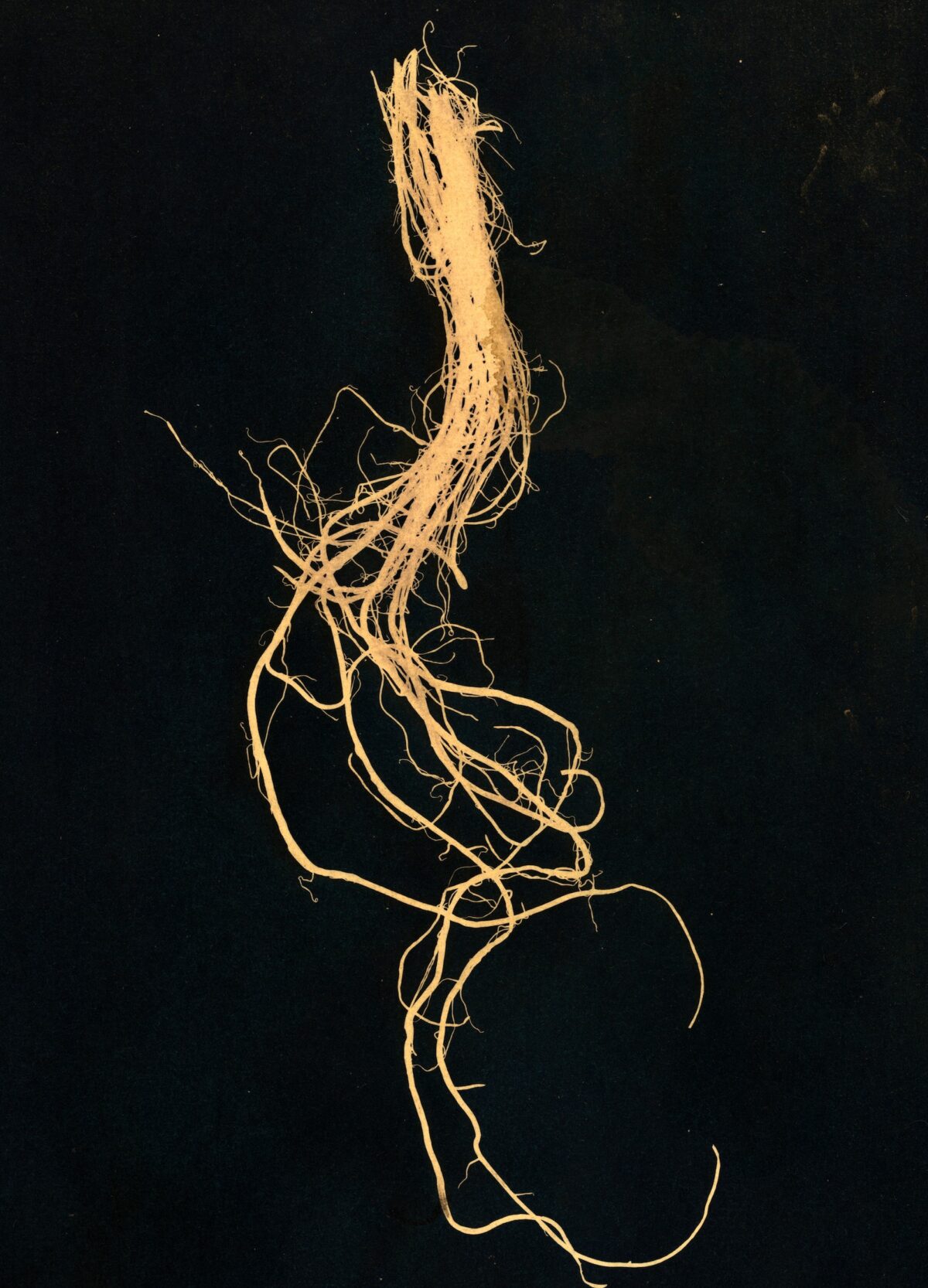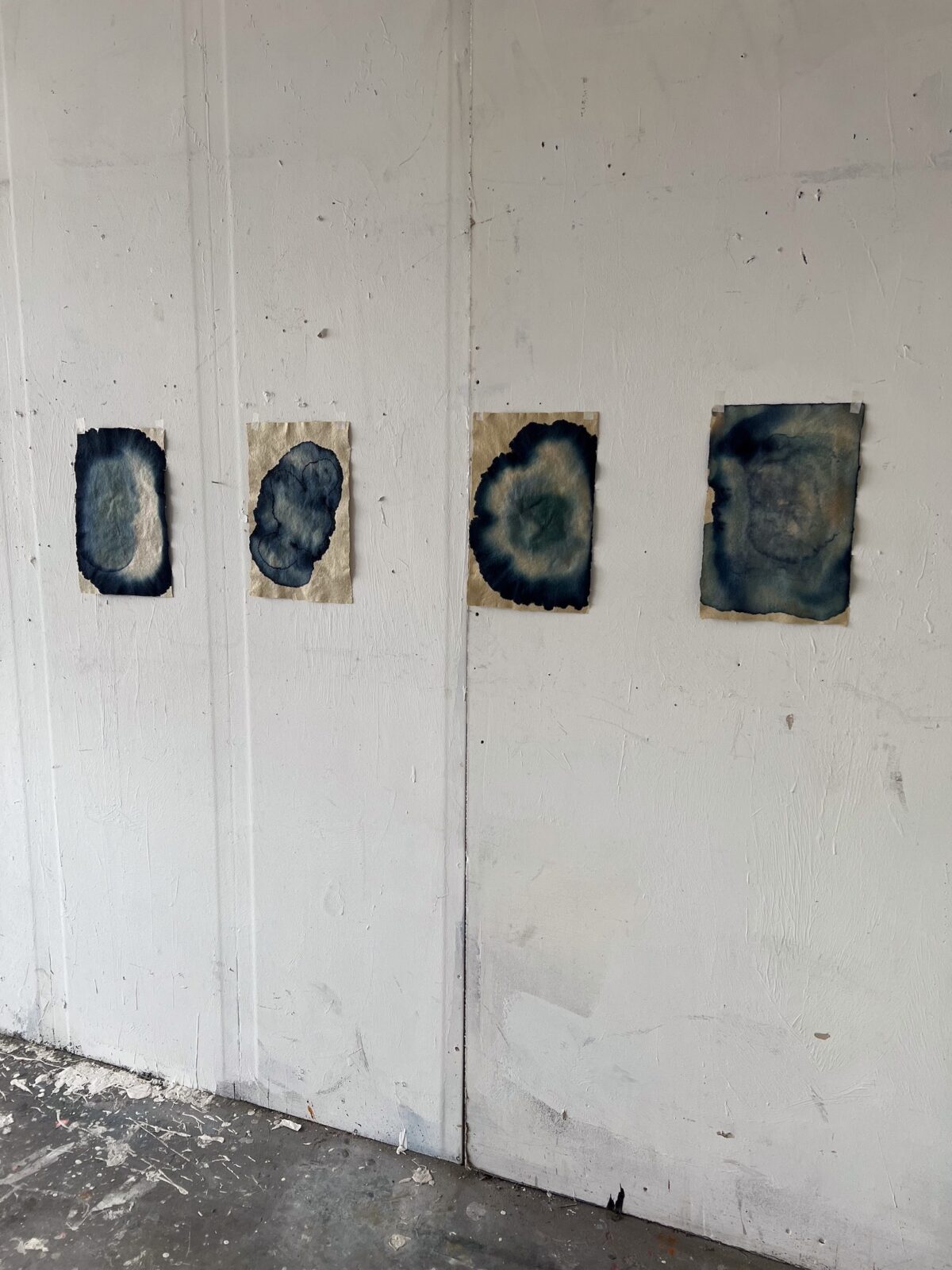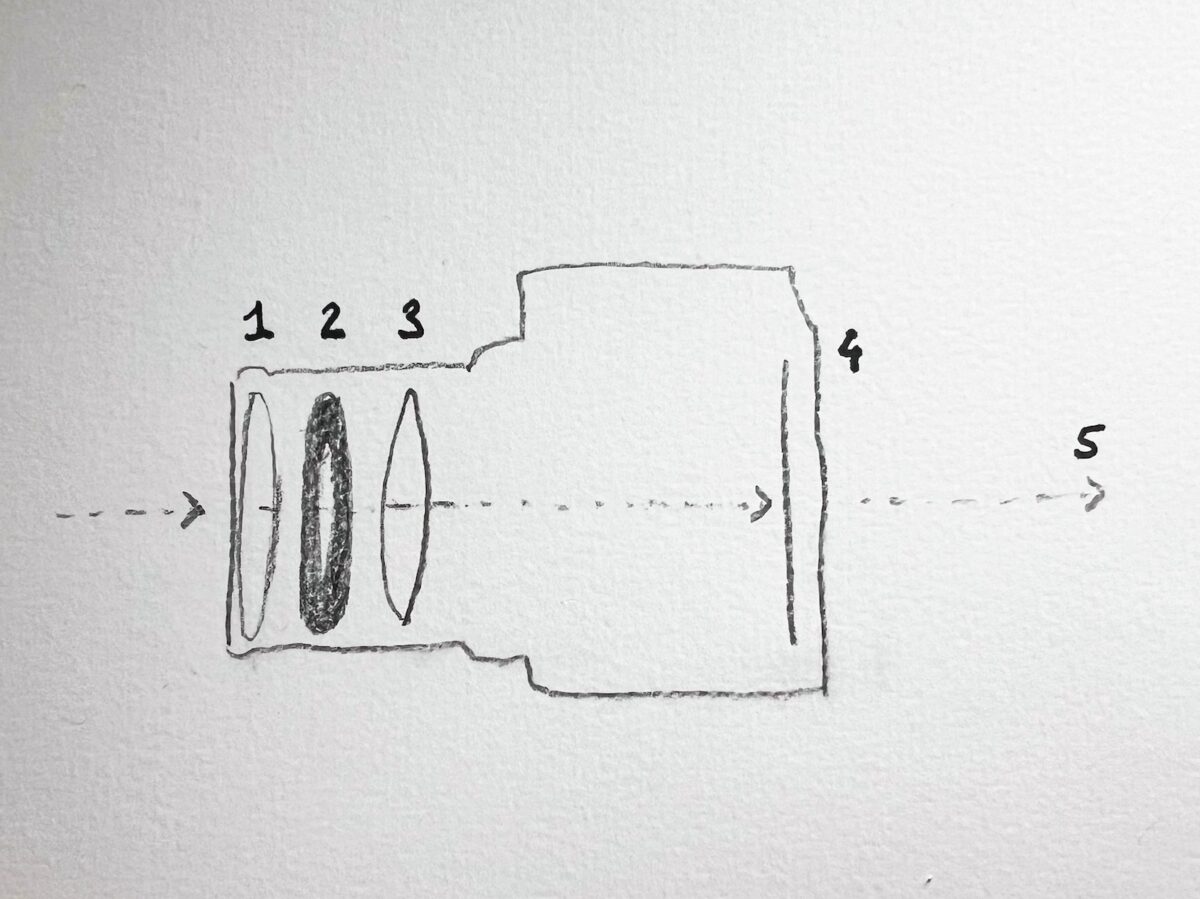Based in currently in The Hague, The Netherlands
Website https://annaandrejew.com
Research project The first impression on your skin
Location The research was conducted across multiple interconnected sites—personal and collected archives, studio practice, workshops, and fieldwork involving unstable media and ecological materials. It began in 2023 in the Netherlands as part of my research paper at the Royal Academy of Art (KABK), The Hague, and evolved through embodied engagement with materials, matter, and peripheral ways of seeing.
Can you describe your research project?
This research explores how photography—especially cameraless and material-based approaches—can move beyond a representational mode and become a co-creative, performative process. Rooted in ecofeminist thought and my background in ethnography and permaculture, I investigate the concept of the peripheral gaze as a way of seeing that challenges human-centered, extractive modes of image-making. This gaze is not just visual but embodied and relational; it honors the agency of matter and invites viewers to reconsider what is “foreign,” “inside,” or “outside.” By shifting focus from capturing reality to touching it, the research opens up photography as a medium for ecological, ethical, and ontological inquiry.

Why have you chosen this topic?
The choice came from both personal and political urgency. As someone with exile heritage and a strong connection to landscapes marked by displacement, I have always been drawn to margins—geographical, emotional, and conceptual. I also carry concerns about the dominant anthropocentric and extractive logic in both art and science. This research is an attempt to make space for other ways of knowing—those that emerge from matter itself, from bodies, from unstable processes, and from non-linear forms of storytelling. I wanted to question how we (as artists and as societies) relate to matter, and whether photography, often a tool of control and categorization, could be reimagined as a site of reciprocity and entanglement.

What research methods do you use?
My methods are transdisciplinary and process-based. I combine auto-ethnography, material experiments (such as cameraless photographic techniques), reading/writing practices, and embodied forms of inquiry like walking, mapping, and fermentation. I also engage with theory through tactile and performative means—for instance, working with unstable media that resist fixity, or hosting workshops that let knowledge emerge collectively and situationally. Theory is not separate from practice in my approach; rather, concepts are tested through making, and making is a form of thinking. The boundaries between artist, researcher, and facilitator blur.

In what way did your research affect your artistic practice?
I began this research with the intention of better understanding the agency of matter. At the level of matter, we are all equal—everything and everyone is made of it. As an artist working from an ecofeminist perspective, I’m concerned with our extractive relationship to the material world. I wanted to explore how meaning can emerge from matter rather than merely through it. Specifically in the context of image-making, I sought to overcome the objectifying gaze of the lens and to find ways of co-creating with matter—of working with it, not just on it.
As the research unfolded, I let go of the need to distinguish between the artist’s knowledge and the knowledge held within matter itself. That separation—between human and non-human, subject and object—is deeply embedded in how we’ve been taught to see and understand the world, and it stands in the way of a more ecological way of thinking. What this research gave me above all is a renewed understanding of vision—not as a dominating or isolating force, but as something plural and open.
Rather than turning away from sight as too dominant, I discovered that our vision holds overlooked and undervalued potentials. These lie not in sharp focus or control, but in what I call the peripheral gaze—a way of seeing that includes the unfocused, the tactile, the intuitive. This gaze doesn’t seek mastery but connection. It looks to the margins, the soft edges, the in-between spaces where insight often hides.
As a result, my practice shifted away from seeking polished outcomes and toward creating processes, encounters, and conditions where knowledge can emerge unpredictably. I’ve become slower, more attuned, and more curious. The peripheral gaze has become more than a concept—it has become a method, a rhythm, and a way of being in the world.

What are you hoping your research will result in, both personally and publicly?
Personally, I hope this research continues to deepen my understanding of how to collaborate with more-than-human agencies and to stay open to the wisdom that arises from the margins—of the image, of the body, of the map. I also hope it helps me build practices that are regenerative, not just representational.
Publicly, I hope to contribute to a wider conversation about what photography—and visual culture more broadly—can be in times of ecological crisis and ontological uncertainty. I want to offer tools for seeing that do not extract but connect; images that don’t explain but invite. I hope this work opens doors for others to engage with matter as a co-performer and to embrace ambiguity, instability, and touch as vital parts of our ways of knowing.

The publication of The First Impression on your Skin in on view and for sale at Tique – art space for books.





